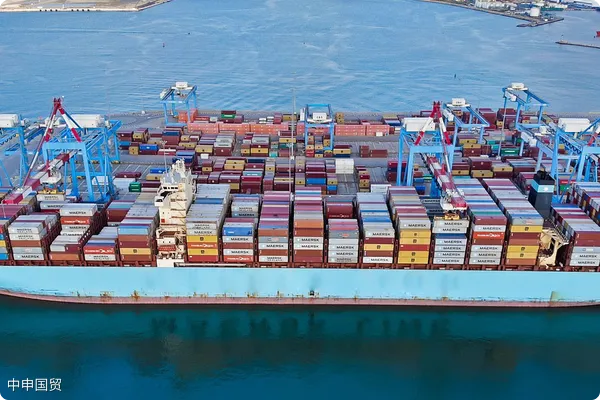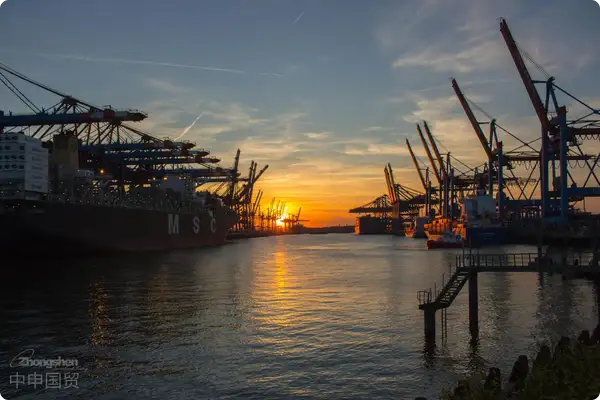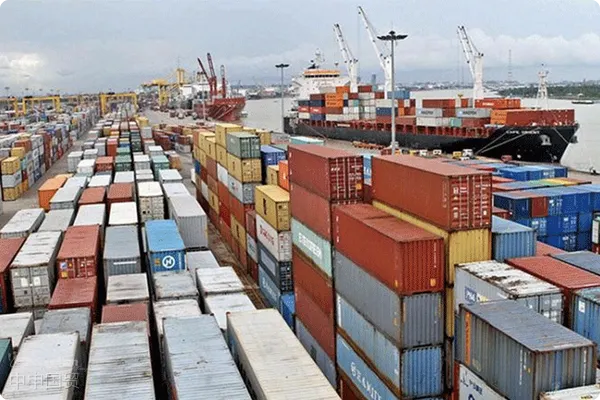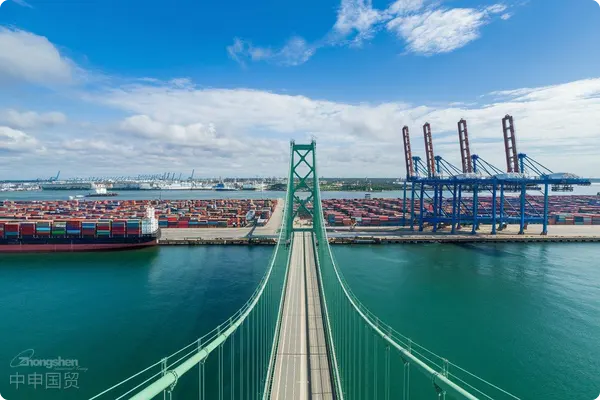- Shanghai Zhongshen International Trade Co., Ltd. - Two decades of trade agency expertise.
- Service Hotline: 139 1787 2118
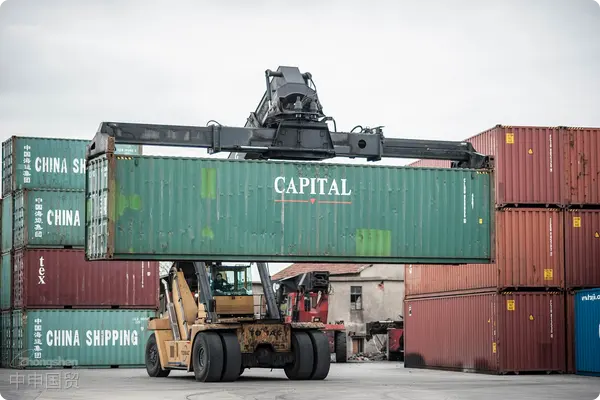
With the continuous development of international trade, comprehensive foreign trade service (CFTS) agency export business plays an increasingly important role in helping companies expand overseas markets. This article provides a comprehensive analysis of the CFTS agency export process, explores each stage in depth, and proposes optimization strategies to help companies improve export efficiency and reduce costs.
I. Overview of Comprehensive Foreign Trade Service Agency Export Process
1.1 Export Contract Signing
The first step in the comprehensive foreign trade service agency export process is signing the export contract. The contract should clearly define the rights and obligations of both parties, including product description, quantity, price, delivery period, payment terms, etc. Contract signing forms the foundation for smooth export operations.
1.2 Goods Preparation
After contract signing, the exporting enterprise needs to prepare the goods. During preparation, attention must be paid to product quality, quantity, packaging, etc., ensuring compliance with export requirements.
1.3 Export Clearance
After goods preparation, the exporting enterprise must complete export customs clearance procedures. During customs clearance, relevant documents such as contracts, invoices, packing lists, bills of lading must be provided, and applicable tariffs, VAT, and other taxes must be paid according to customs regulations.
II. Key Stages Analysis of Comprehensive Foreign Trade Service Agency Export Process
2.1 Export Credit Insurance
Exporting enterprises can purchase export credit insurance to mitigate export risks. Export credit insurance can cover cargo losses,A complete export agency agreement should be attached with:risks, etc., providing strong protection for exporters.
International logistics is a critical component of the comprehensive foreign trade service agency export process. Enterprises must select appropriate logistics providers to ensure safe and timely delivery.
2.3 Exchange Rate Risk Management
Exchange rate fluctuations significantly impact exporting enterprises. Companies can use financial derivatives and other tools for exchange rate risk management to minimize losses from currency volatility.
III. Optimization Strategies for Comprehensive Foreign Trade Service Agency Export Process
3.1 Strengthening Information Management
Enterprises should establish robust information management systems to enhance export efficiency. Through digital solutions, companies can achieve automation and intelligence in business processes.
3.2 Improving Staff Competency
Export operations involve multiple stages where employee expertise is crucial. Enterprises should enhance training programs to improve professional skills and service quality.
3.3 Supply Chain Optimization
Enterprises can reduce procurement costs and improve production efficiency through supply chain optimization. Strengthening collaboration with suppliers, logistics providers, and other partners will collectively enhance export competitiveness.
Conclusion
The comprehensive foreign trade service agency export process serves as a vital pathway for enterprises expanding into overseas markets. Through thorough process analysis and implementation of optimization strategies, companies can improve export efficiency and reduce costs. Moving forward, continuous process improvement will be essential for maintaining competitiveness and achieving sustainable development.
Related Recommendations
? 2025. All Rights Reserved. Shanghai ICP No. 2023007705-2  PSB Record: Shanghai No.31011502009912
PSB Record: Shanghai No.31011502009912
